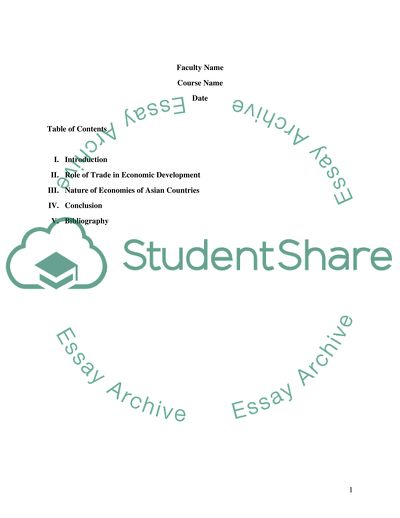Cite this document
(The Development of the Fast Growing Asian Economy Coursework, n.d.)
The Development of the Fast Growing Asian Economy Coursework. Retrieved from https://studentshare.org/macro-microeconomics/1704165-what-role-has-trade-played-in-the-development-of-the-fast-growing-asian-economies-and-critically-evaluate-the-lessons-they-may-provide-for-other-developing-cou
The Development of the Fast Growing Asian Economy Coursework. Retrieved from https://studentshare.org/macro-microeconomics/1704165-what-role-has-trade-played-in-the-development-of-the-fast-growing-asian-economies-and-critically-evaluate-the-lessons-they-may-provide-for-other-developing-cou
(The Development of the Fast Growing Asian Economy Coursework)
The Development of the Fast Growing Asian Economy Coursework. https://studentshare.org/macro-microeconomics/1704165-what-role-has-trade-played-in-the-development-of-the-fast-growing-asian-economies-and-critically-evaluate-the-lessons-they-may-provide-for-other-developing-cou.
The Development of the Fast Growing Asian Economy Coursework. https://studentshare.org/macro-microeconomics/1704165-what-role-has-trade-played-in-the-development-of-the-fast-growing-asian-economies-and-critically-evaluate-the-lessons-they-may-provide-for-other-developing-cou.
“The Development of the Fast Growing Asian Economy Coursework”. https://studentshare.org/macro-microeconomics/1704165-what-role-has-trade-played-in-the-development-of-the-fast-growing-asian-economies-and-critically-evaluate-the-lessons-they-may-provide-for-other-developing-cou.


